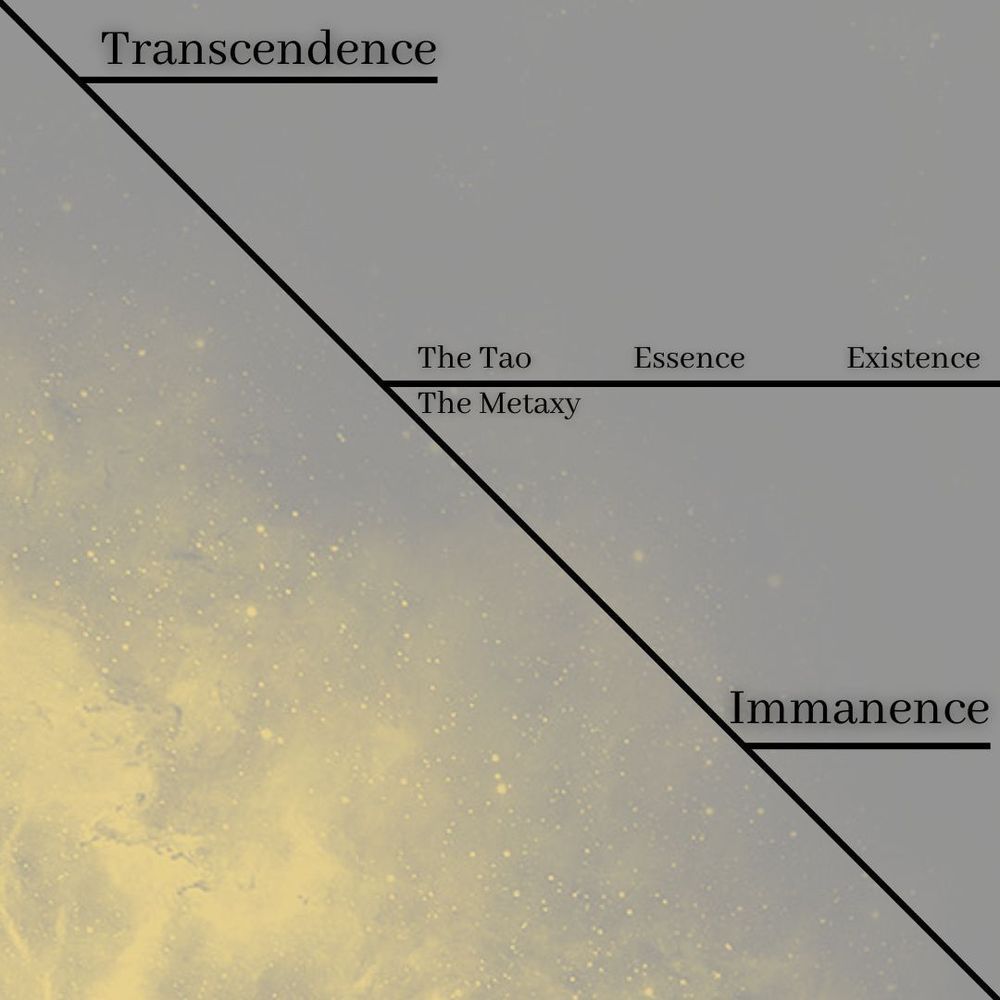I didn't know it, but there was a literary Chicago Renaissance. It ran roughly from the founding of Poetry, A Magazine of Verse in 1912 and ended when Ben Hecht moved to New York in 1924.
I guess it was quite "a thing" during those dozen years, but it didn't amount to much:
"Would that our writing had been as fine as our lunches,"
is how Hecht put it.
The Renaissance rose with the vigorous life that was Chicago. Chicagoan Joseph Epstein writes about Chicago in the generation before his birth:
"Chicago in those days presented the grand spectacle of the nation's most cynical politics, endless opportunities for big financial scores, and assorted social classes, ethnic groups, hustlers, marks, freaks, dorks, and yokels going at one another nearly full-time."
Such a free-wheeling city allowed for free-wheeling journalism. "Newspapers," says Epstein, "were wide open: one could still print, over the story of a dentist arrested for rape, the headline, 'Dentist Filled Wrong Cavity"; one could still quote a man, asked on the gallows if he had anything further to say, answering, 'Not at this time.'"
Writers in Chicago during the Renaissance:
James Thurber
E.B. White
Katherine Angell
Harold Ross
Floyd Dell
Carl Sandburg
Maxwell Bodenheim
Vachal Lindsay
Joseph Epstein, Pertinent Players: Essays on the Literary Life (Norton, 1993), pp. 94-96.
The Chicago Renaissance, According to Chat GBT (7/17/23)
The Chicago Renaissance refers to a period of cultural and artistic flourishing that took place in Chicago, Illinois, during the early to mid-20th century. It was a vibrant era marked by significant achievements in literature, visual arts, music, and architecture.
The Chicago Renaissance was primarily associated with the literary scene, and it saw the rise of many talented writers and poets who made substantial contributions to American literature. These writers often focused on the urban experience and explored themes of social realism, labor struggles, and the diversity of Chicago's population. They portrayed the city's neighborhoods, immigrant communities, and industrial landscape with vivid and realistic details.
Prominent figures of the Chicago Renaissance include Carl Sandburg, who won three Pulitzer Prizes for his poetry and wrote extensively about Chicago, as well as authors like Theodore Dreiser, Sherwood Anderson, and James T. Farrell. These writers drew inspiration from the city's unique character, its history, and the challenges faced by its inhabitants.
Beyond literature, the Chicago Renaissance also extended to other artistic disciplines. Architects such as Louis Sullivan, Daniel Burnham, and Frank Lloyd Wright contributed to the city's architectural development, leaving behind iconic structures like the Auditorium Building, the Chicago Stock Exchange, and the Prairie School houses.
The Chicago Renaissance represented a distinctive moment in the city's cultural history, showcasing the creative energy and intellectual vitality of the time. It left a lasting legacy, with many of its artistic contributions shaping the cultural landscape of Chicago and influencing American literature and architecture as a whole.










